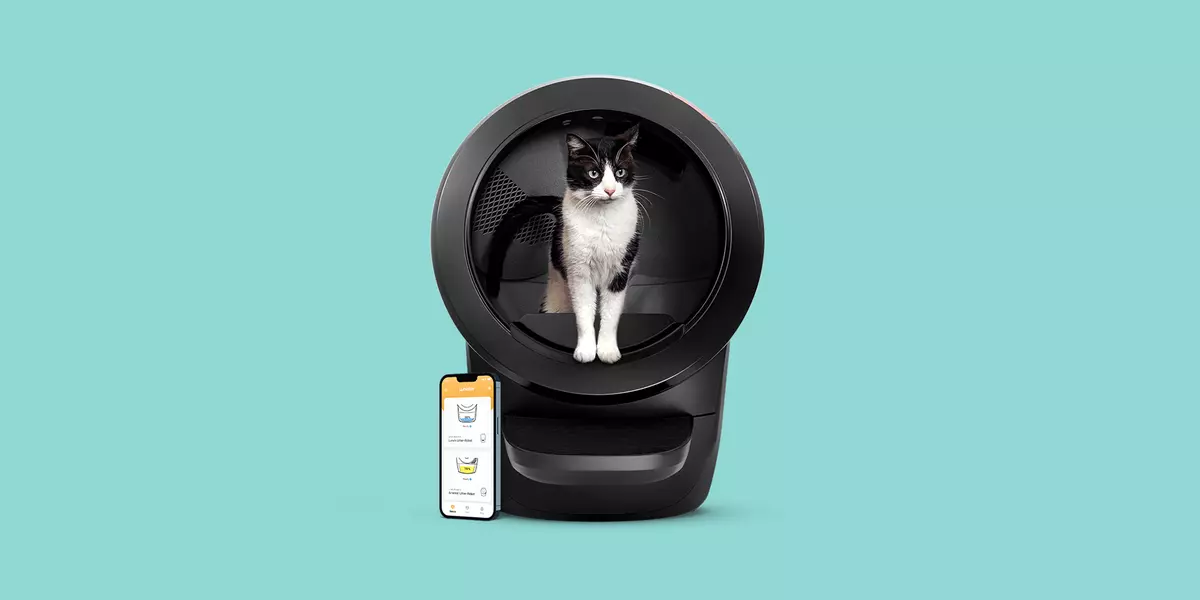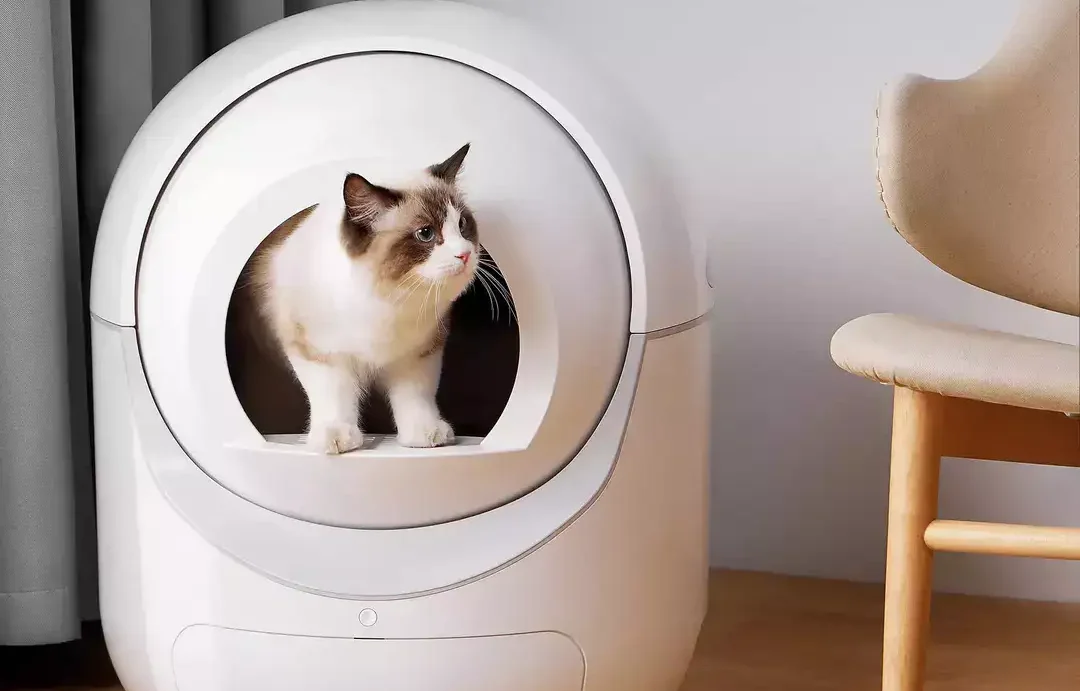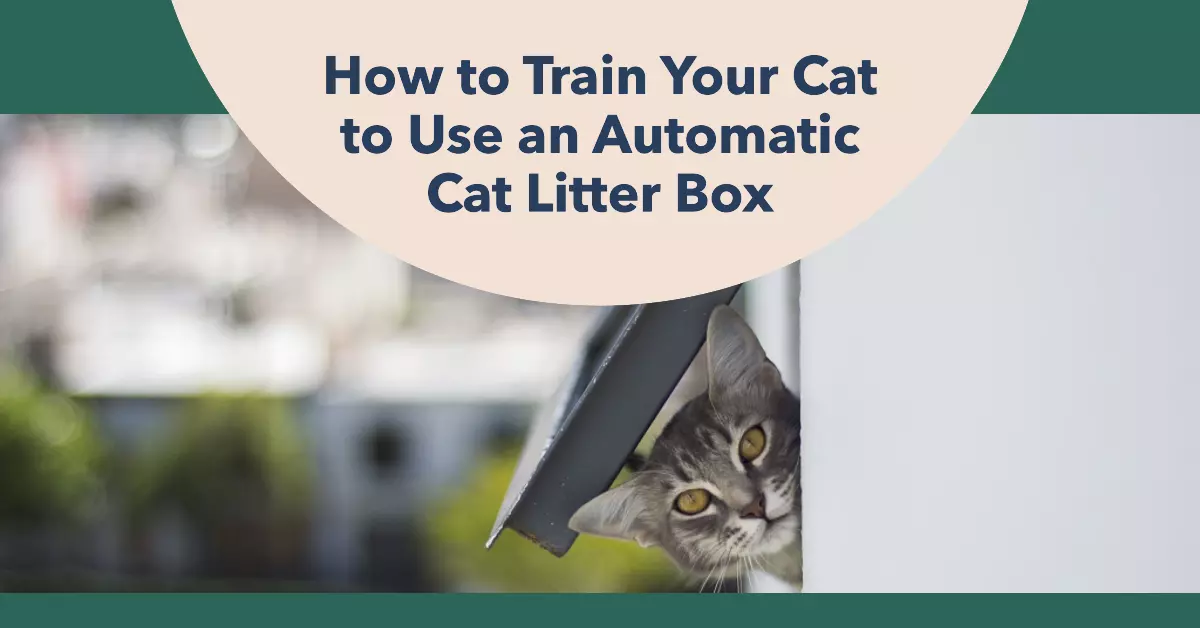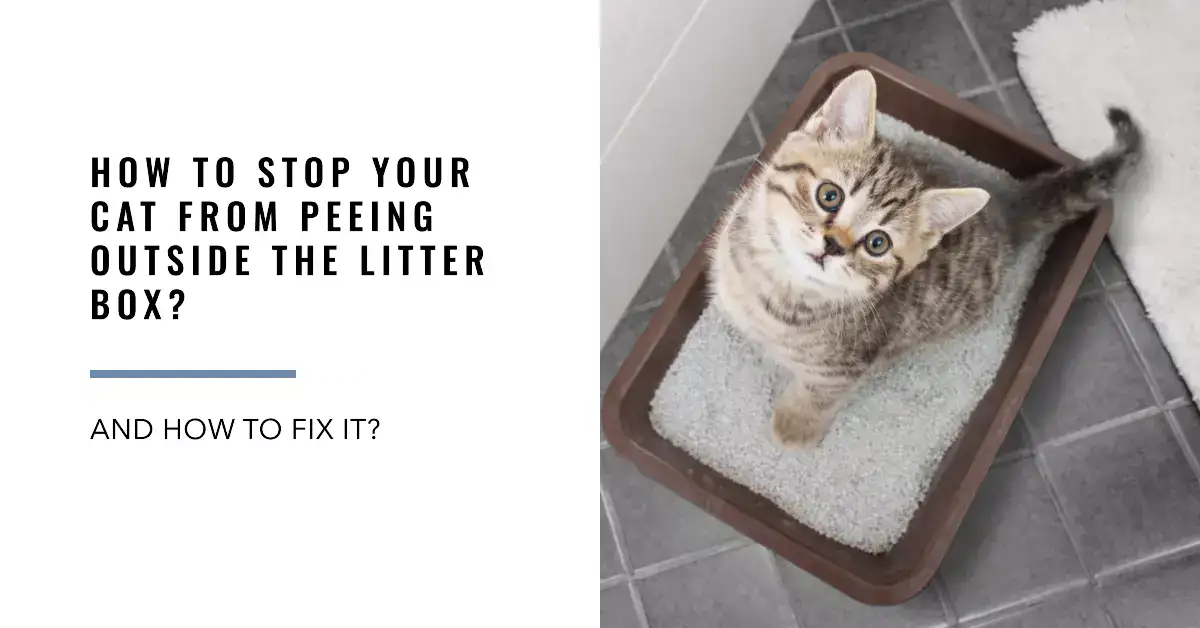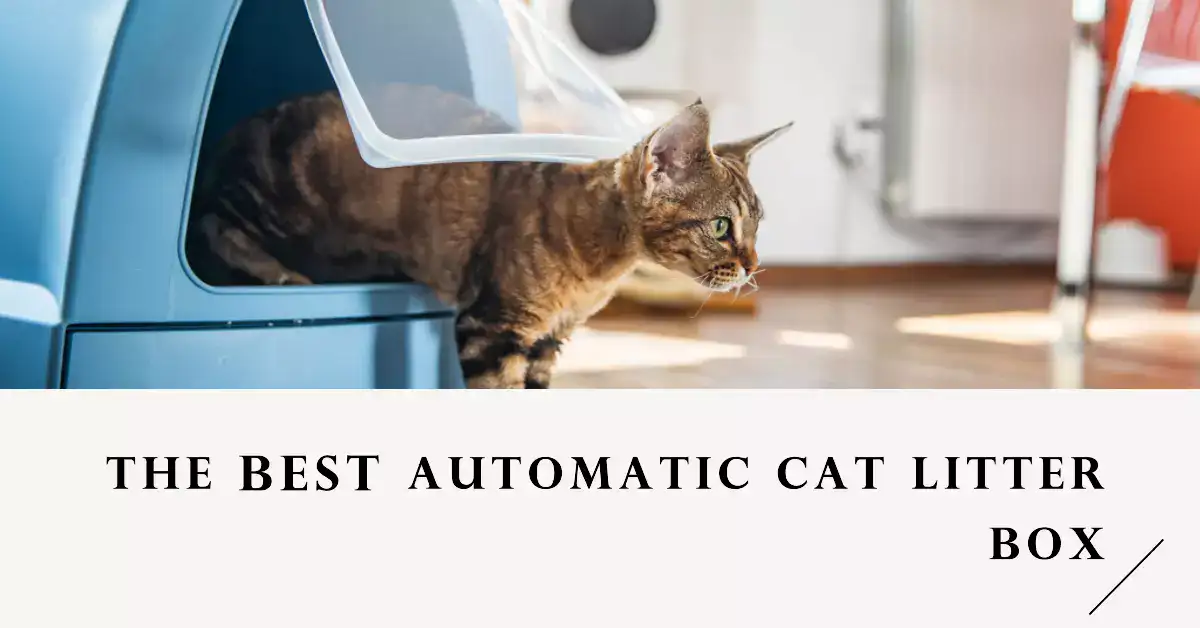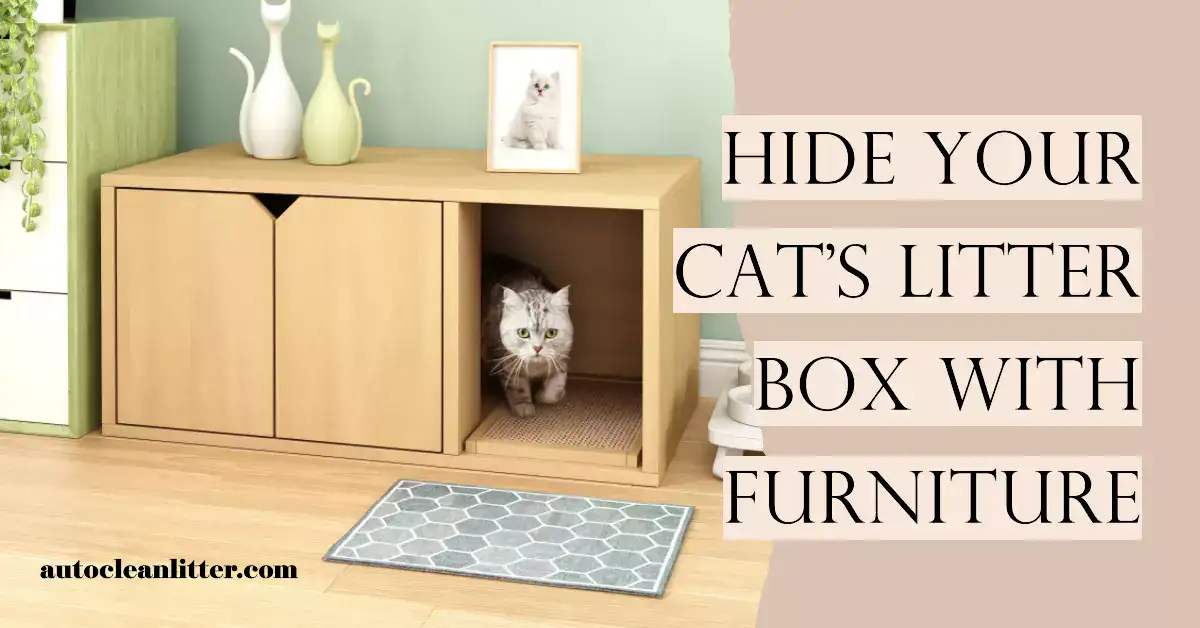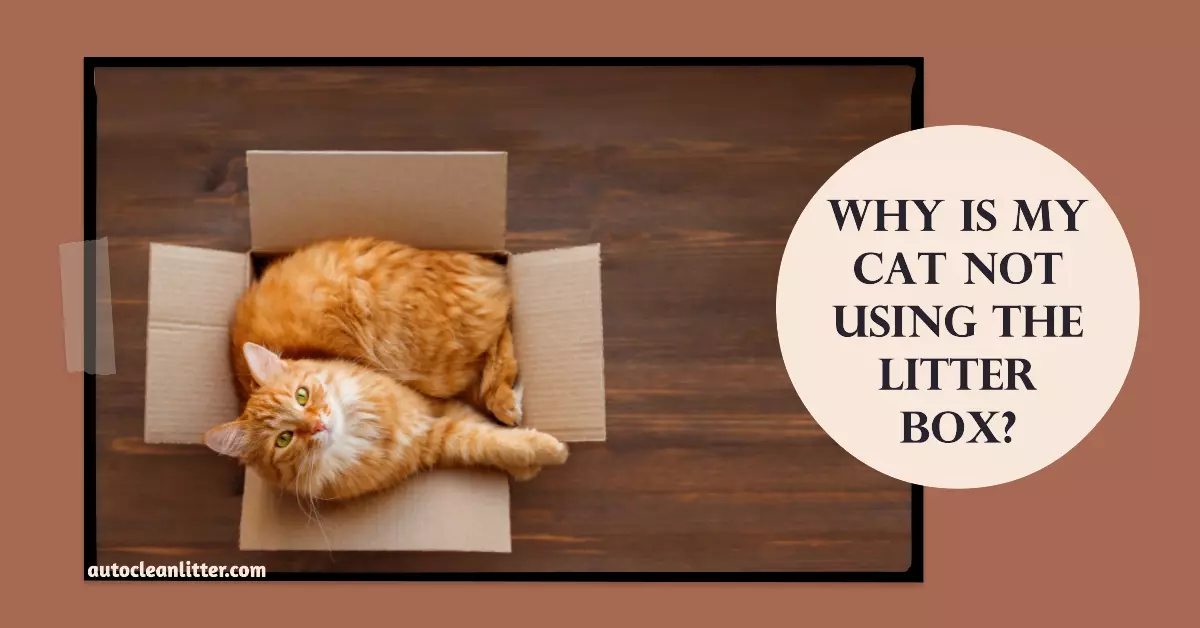Cats have a repertoire of intriguing behaviors, but none are as adorable and captivating as the cat loaf pose. Often dubbed simply ‘loafing’, this posture sees cats tucking their paws beneath their bodies, resembling a warm, freshly-baked loaf of bread. As endearing as it is mysterious, the cat loaf pose has garnered interest from pet owners and experts alike. Understanding the nuances of this behavior not only deepens our appreciation for these fascinating creatures but also helps us gauge their comfort and health. Let’s dive into the intricacies of the cat loaf pose and what it signifies about our feline friends.
What Is the Cat Loaf Pose?

The cat loaf pose occurs when a cat tucks its legs and tail under its body, resulting in a compact, bread-like appearance. Seen as both a comfortable and vigilant position, the cat loaf is often a trusted indicator of a cat’s feeling relaxed yet alert, ready for a quick nap or to spring into action.
Often seen in both domestic and wild cats, this position allows them to conserve body heat, hinting at its primal underpinnings. By minimizing their surface area exposed to cooler air, cats effectively manage their body temperature, making it an ideal posture during chillier weather or when they feel the need for warmth and security.
Besides physical comfort, loafing correlates with emotional well-being. A loafing cat is generally a content cat, signaling that it feels safe and trusting of the environment, including you, its owner. This behavior hints at an established bond, drawing parallels with the affection cats exhibit when they curl up on your lap or a cozy pillow. This comforting environment might also encourage cats sleep so much, promoting their overall well-being and happiness.
Variations of the Cat Loaf Position
Not all loafs are created equal; in fact, the cat loaf manifests in various forms, each offering a unique insight into your cat’s mood and condition. Understanding these variations can help enhance your connection with your feline friend and ensure its well-being.
Full Loaf
The quintessential full loaf features a cat with all limbs tucked neatly beneath its body, while the head stands upright. This position radiates relaxation and contentment and is the most commonly observed loaf, suggesting your cat is entirely at ease, maybe after some playful activities.
Sphynx Loaf
Reminiscent of the grandeur of ancient Egypt, the sphynx loaf resembles the monumental Sphynx statue. In this position, the cat has its front paws free and elongated, while the remaining body is tucked. This position suggests comfort coupled with an alert attitude, keeping your cat ready to respond if needed.
Partial Loaf
Partial loafing involves the cat tucking only its hind legs while leaving its front paws visible and slightly splayed. This relaxed posture demonstrates a more tentative form of comfort, suggesting your cat is unwinding but still keeping a watchful eye on its surroundings.
Meatloaf Position: When to Be Concerned
The meatloaf position is slightly more concerning. In this position, the cat’s back may be arched, and its front paws and head extended forward. If you note this position, pay close attention to additional warning signs such as lethargy or labored breathing, which could suggest discomfort or illness. Prompt advice from a veterinarian is recommended in such cases.
Double and Triple Loaf: Social Loafing
A rare sight, double or triple loaf refers to two or more cats loafing together in close proximity. This social loafing not only highlights the comfort and trust between cats but also emphasizes the friendly and communal nature of feline behavior, often seen among bonded pairs or families.
By understanding these various positions and their meanings, cat owners can offer better care and companionship to their furry friends, ensuring a harmonious environment for them to thrive. The intricate nuances behind the cat loaf pose are not only fascinating but also provide essential clues about a cat’s emotional and physical health. Recognizing these indicators can transform how you understand and relate to your feline companion.
Why Do Cats Loaf? The Reasons Behind the Behavior

The intriguing phenomenon of a cat loafing has charmed cat lovers and social media users alike. But beyond its visual appeal lies a deeper question: why do cats loaf? The reasons behind this quirky yet mesmerizing behavior are rooted in instinct, comfort, and evolution, helping shape the understanding of our feline friends. Let’s delve into the myriad reasons that prompt cats to assume this cozy position.
Comfort and Relaxation

At its core, the loaf position is a testament to the cat’s mastery of relaxation and comfort. When a cat tucks its paws and tail beneath its body, it often signals an unparalleled level of contentment and ease. This position allows cats to align their spine and relax their muscles while supporting their core, providing them with a snug resting stance.
As outlined in our insightful feature on why cats purr, feline behaviors that signify relaxation are abundant, and loafing is just another delightful demonstration of their serene state. If a cat frequently loafs in your vicinity, consider it a sign that they have found their comfort zone.
Conserving Body Heat

Cats have a higher body temperature than humans, making them exceedingly adept at body temperature regulation. The loaf position is not only beneficial for comfort but also serves as a strategic means of conserving body heat. By tucking in their limbs, cats reduce the amount of body surface exposed to cooler air, retaining warmth more effectively.
During colder months or in drafty areas, you may notice your cat loafing more frequently as they adapt to environmental changes. This posture is nature’s ingenious design to keep them comfortable, as demonstrated in our guide on keeping cats warm with heating pads.
Feeling Safe and Secure

Security is a significant factor influencing the loafing behavior in cats. A cat that assumes the loaf position is often one that feels safe and protected. Tucking in their paws and tail minimizes their physical exposure and creates a shielded, compact form, offering them a sense of safety.
This behavior echoes their instinctual need to reduce vulnerability, much like the need for a secure environment that allows them to relax completely. For more insights on building trust and understanding your feline’s behaviors, check out our article on calming a scared cat.
Remaining Alert While Resting

Despite the apparent relaxed nature of the loaf position, it serves the dual purpose of allowing cats to remain alert. Cats are naturally vigilant creatures, always ready to spring into action when necessary. The loafing position facilitates a state of restful alertness, enabling them to conserve energy while staying prepared for any sudden threats or opportunities, like prey jumping into view.
This automatically kicks into play their innate prey-drive instincts, which makes them feel protected and prepared, much like a protective surveillance that is never switched off.
Therefore, the loaf position is more than just a charming posture; it embodies a complex behavioral strategy shaped by evolution, comfort, and survival instincts, making it an indispensable habit for your feline friend.
What Does Cat Loafing Say About Your Cat’s Mood?

When your feline curls into the adorable shape of a loaf, it often signifies a comfortable and relaxed state. However, this unique behavior goes beyond mere physical comfort, offering insights into cats’ emotional states. Understanding the nuances of cat loafing can shed light on your furry companion’s needs and feelings.
Observing your cat in this cozy position can be a delightful and reassuring experience. It signifies a blend of contentment, trust, and sometimes even protective instincts, all intricately intertwined into the behavior of loafing.
Are Cats Happy When They Loaf?
One of the most common interpretations of a cat loaf is a happy cat. When your cat lounges with paws tucked neatly under its body, it’s a strong indicator of relaxation. This posture, often accompanied by slow blinking or even soft purring, denotes a serene ambience.
In comfortable environments where your cat feels secure, loafing becomes a form of expression of inner peace. This penned-in position not only provides physical warmth but also signifies a psychological assurance that everything is alright in their world. If your cat assumes this posture regularly around you, it’s a testament to the trust and happiness it associates with your presence.
Trust and Bonding with Owners
Cats are naturally cautious creatures, constantly aware of their surroundings. When a cat chooses to loaf, especially in your presence, it’s a clear signal of profound trust. This loafing signifies a surrendering of vigilance, knowing that they are in a safe environment.

Building trust with your cat can be a long journey, but loafing is a remarkable sign that you’re on the right path. The growth and consistency of this bond nurture deeper connections, highlighting the relationship’s evolution and the comfort derived from companionship.
Loafing and Health: When to Worry
While loafing is largely a sign of comfort and security, it’s pivotal to be aware when the behavior diverges from the norm. Sometimes, a cat assumes the loaf position to shield discomfort or even pain. Hence, it’s crucial to be vigilant about the context and frequency of loafing.
If a normally active cat begins to loaf consistently, especially along with other behavioral changes, this might hint at an underlying health issue. Observing the loafing posture and associated behaviors can help gauge potential concerns.
Signs of Discomfort or Illness

Not all loafing is benign. The meatloaf position, where the cat’s head is down and back arched, might indicate pain or distress. Recognizing subtle signs such as uncharacteristic lethargy or avoidance behaviors can be crucial in identifying a health issue.
Other symptoms accompanying an unusual loafing posture may include lack of appetite, labored breathing, or visible discomfort. These signals require immediate attention as they might suggest more serious conditions.
Being attuned to these cues can help ensure your cat receives timely care, maintaining its well-being and happiness.
When to Consult a Veterinarian
Consistent unusual loafing should prompt a visit to the vet. Early detection is critical, especially when changes in loafing behavior are noted. Veterinary guidance can help identify issues like arthritis or gastrointestinal problems.

Sudden reluctance to play or engage could be a red flag warranting professional advice. An expert’s perspective ensures any health issue becomes a top priority, facilitating prompt intervention and care.
Understanding and monitoring your cat’s loafing habits thoroughly enable you to discern normal behavior from a potential health concern, ensuring your furry friend’s comfort and safety.
Fun Facts and Myths About Cat Loafing

Cat loafing isn’t just a quirky pose; it’s a part of the feline lore that comes packed with interesting tidbits and myths. Many cat owners believe that a cat assuming this position is trying to mimic the ancients of yore – like the wise Egyptian Sphinx. The resemblance is indeed uncanny, leading to the modern popularization of the feline sphinx myth. Another prevalent myth suggests that cats loaf as a mark of protest against a lack of attention, but this seems more steeped in humor than truth. Contrarily, cats develop a sense of comfort and safety in the loaf position, and it often corresponds more with relaxed contentment than rebellion.
Delving deeper into these fascinating beliefs can increase your understanding of your feline friend, fostering a greater bond. Exploring why your cat sits like this can also uncover insights into the underlying instincts driving such behavior.
Why Do Cats Loaf and Stare at You?

Have you ever noticed your cat loafing and staring right at you? This behavior might initially seem odd, but it’s rooted in cat communication. By sitting in the loaf position while locking eyes, cats are showing trust and seeking a connection. It’s their subtle yet powerful way of expressing attachment and confidence in their surroundings.
Why Do Cats Sit Like a Potato?

Seeing a cat loaf, many would liken it to a potato sitting snugly. Like their culinary counterpart, cats take this shape to retain warmth and comfort. Tucking limbs ensures minimal exposure to cooler air, just as a potato retains heat when covered. This behavior is a fascinating blend of practicality and instinctual warmth preservation.
As cats adapt to the environment, their loaf position might change based on external stimuli or the time of day. It’s an evolution that ensures their bodily needs align with their surroundings.
Why Do Cats Fold Their Front Paws?

Curious about why your cat tucks its front paws while loafing? The act of folding paws is tied to instinctual behavior that spans generations. Primarily, this posture limits vulnerability, shielding their vital organs and soft underbelly from potential threats. While some infer it’s to preserve warmth, it also stands as a defense mechanism embedded deep within a cat’s DNA.
Enhancing Your Cat’s Environment for Healthy Loafing

Ensuring your cat can loaf comfortably is crucial for their overall health and happiness. A space that fosters security and warmth will encourage your feline to indulge in their natural loafing instincts.
Cozy Resting Spots
Transform your home into a haven for your cat by creating an inviting environment. Investing time to designate cozy resting spots is one method. Consider placing soft bedding in warm, quiet corners, especially away from potential disturbances like busy walkways or cold drafts. Access to such safe areas promotes loafing, signalling contentment and trust.
Your cat’s dietary and environmental preferences play a critical role in their behavior. Learn more about the impact of diet on behavior through our detailed natural cat food recommendations to optimize your feline’s wellness.
Encouraging Positive Behavior
While creating a comforting space is pivotal, encouraging positive behavior through interaction is equally essential. Engaging with your cat through play and socialization reinforces not just your bond but also their natural loafing inclinations. Responding positively when they loaf will instill confidence.
Some behaviors may initially appear precarious. However, most loafing postures denote trust and comfort when paired with favorable body language. Always monitor these characteristics to ensure your pet’s conditions align with their natural needs.
Conclusion
Celebrating and understanding cat loafing is central to appreciating feline companionship. This quirky pose underscores their unique blend of warmth preservation, trust, and instinctual protection. By integrating this knowledge into their care routine, you nurture a harmonious lifestyle for your pet. Ensure that your cat enjoys a fulfilling environment, one where they can loaf contentedly amid a sea of cozy spots and loving attention.
















